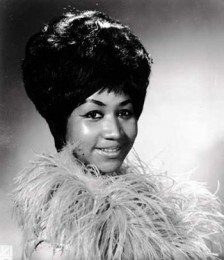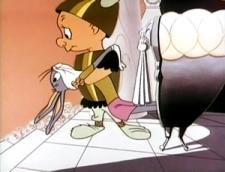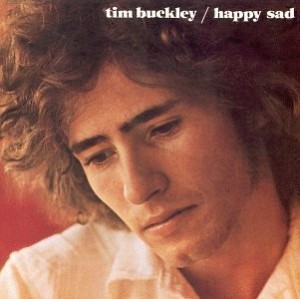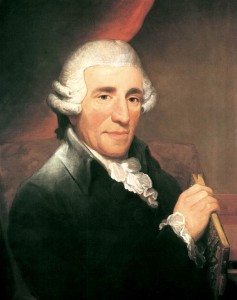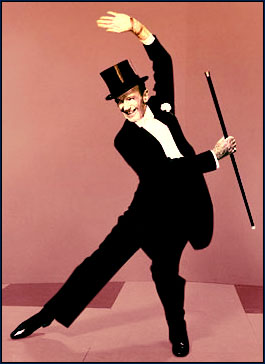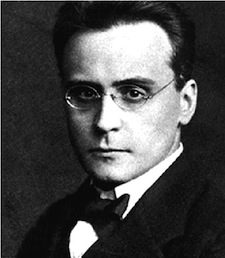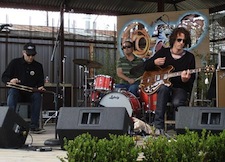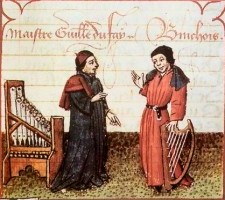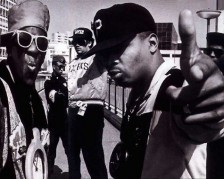Today marks the 100th day (though not quite the 100th consecutive day) of working on DAC. Since nice round numbers tend to give us pause and time to reflect (10th anniversaries, the millennium, your car hitting 100k miles, etc.), I spent part of today thinking that I should rip something special today. What should be the 100th days music selections? Well – by the time Celia was getting ready for bed, I still hadn’t thought of anything in particular to grab, so we ran downstairs as usual. And now that I think about it, I’m glad that is how it worked out. One of my favorite parts of this whole project has been involving my girls with it, and seeing what they are drawn to. It keeps things unexpected for me as well.
Celia keeping with her visual magnetism to all things pink, went for the Kagel discs I have on Montaigne (nice, bright cardboard packaging) as well as a Rhino collection of Aretha Franklin (because she liked the picture of Aretha on the cover). And next to that was a Vox Box set of Liszt’s ‘Years of Pilgrimage’ with Jerome Rose, so I grabbed that too.
Over the past 100 days, I have pulled quite a few discs onto the drives downstairs, and while not every disc has found me with something to say, I knew the music on those discs pretty well. And so, with Celia grabbing the ‘Sankt-Bach-Passion’ by Kagel tonight, we do have a special first. I have never listened to this CD. I know the story behind the piece, and have been curious to hear it (curious enough to buy the disc!), but have never listened to it. So I thought – ‘well! I’ll listen to it after I throw it on!’ and I still might, but in the mean time I am streaming a Quicksliver Messenger Service disc from my friend Daniel. Daniel has access to my server of music, and thought it was so cool that tonight he set up a Subsonic server for his music, and while I was browsing around on his I saw Quicksilver (an old face from growing up… as I type, ‘Mona’ is chugging away over the speakers. Man – what a great song, and I would be really surprised if the Kagel could top it, so I’m not going to mess with it).
The Liszt though is another one of those discs that Tamiko and I used to play in her apartment in Berkeley. Haven’t listened to it in some time, but I’m looking forward to hearing it. The recording in particular is, well, pretty bad. VERY resonant and blurry. But it is an excellent example of liking the first version you hear of something. I have another excellent recording of these pieces (the Bolet recordings I believe) and they are crisp and clean, and very well played. The Jerome Rose recordings are played well also, though I think there is a lot of pedal, and a lot of reverb (probably from the space). Tamiko and I would put these discs on as background quite a bit, sometimes for when we were eating, and the sound quality of them was perfect. At times, the piano sounds almost bell-like, almost like you are hearing it from across the street. We were also able to hear the bells of the Campanile from where she lived in Berkeley, with a similar sound quality. So even though I have better recordings of these pieces now, this would still be the ones I would put on. And will put on… because the notes might be the same, but it is this music that I remember when I think about Tamiko and I cooking together in her apartment on Arch St.
This project, and this blog, was supposed to be part escapism for me. And it has served its purpose well. It was given me great distraction at times over these past few months when things have been less then great. It has also given me a new faith in nostalgia, and brought back many happy memories. What has surprised me a little is how intense some of those memories have been. The smell of the air from 20 years ago creeps into this musical moments sometimes. Goosebumps sometimes appear on my arms as I hear something the way I did the first time I heard it.
But another aspect that was important to me with this project was listening again to music that had, for some time, just sat on a shelf. It has given me a chance to remember how much music is out there on the one hand, as well as how much I have to get to know again. And to share. Mira this morning asked to hear the ‘Bunny Music’ (the Barber of Seville overture), and tonight when Celia was getting ready for story time, she asked me to put on Bach (we listened to the lute suites). And in a couple minutes, I bet I can put on the Liszt that I am ripping right now, go sit next to Tamiko, and she will pause her typing for a minute, look at me, and smile. I’m so lucky to have all this in my life, and while I started to realize this early in this project, at 100 days, it is amazing that the coincidence of a number, and the events of the day, shows me how important it is for me to get all this music playing again in my house.


